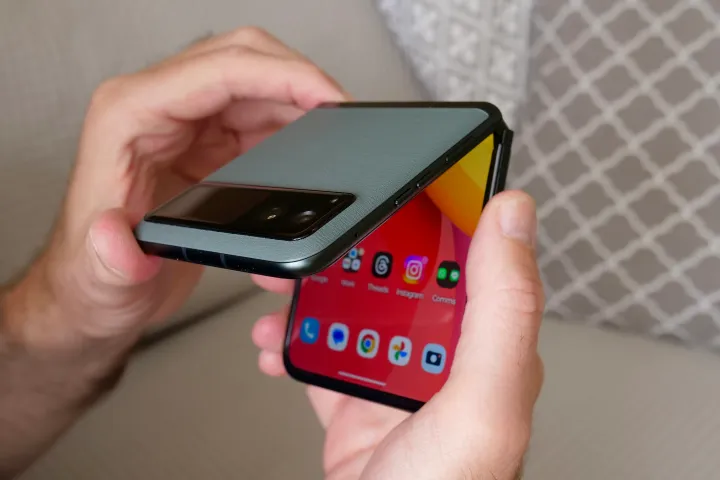
In all the fuss over the Samsung Galaxy Z Flip 5 and Galaxy Z Fold 5, you may have forgotten Motorola also recently released some foldable phones of its own. The Motorola Razr (2023) and Motorola Razr Plus (confusingly known as the Razr 40 and Razr 40 Ultra, respectively, in the U.K.) are two flip foldables well worth your attention. But there’s something special about this duo. While the Razr Plus is a flagship phone with a lot in common with the Samsung Galaxy Z Flip 5, the Razr (2023) is rumored to be something we haven’t seen in a foldable yet — a true, honest-to-god midrange phone.
While U.S. pricing and availability haven’t been confirmed for Motorola’s new foldable, the odds are it’ll fall somewhere around the $600 to $800 price range. While not exactly an affordable phone by most metrics, it’s likely to have the cheapest MSRP of any foldable sold in the U.S. to date.
In other words, this is a very good thing. Motorola should have released a midrange foldable phone years ago — and in some ways, it did. Only it forgot to lower the price.
The Razr (2019) was ahead of its time
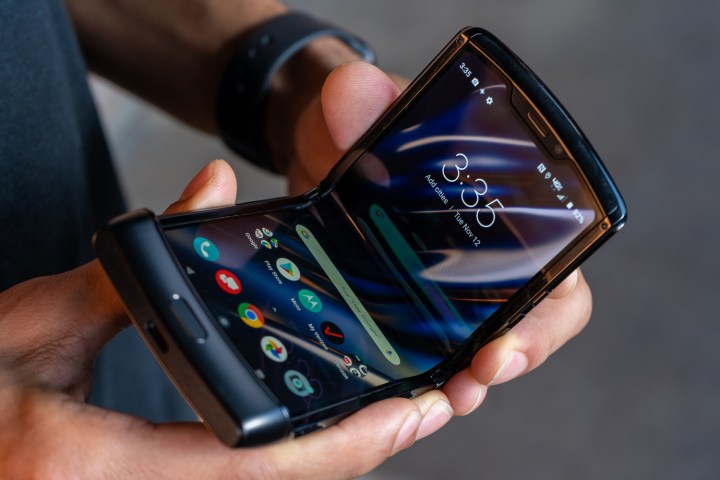
I’m going to peel back the veil of time and take us on a trip to the past to the very first generation of flip smartphones. February 2020 saw the release of two flip foldables: the original Samsung Galaxy Z Flip and the Motorola Razr (2019). The two phones shared a number of similarities: the horizontal flip fold, obviously, and a high price that reflected the cutting-edge nature of the tech.
But for all the similarities, there were more than a few big differences separating the two, and the most egregious of these were the specs. The Galaxy Z Flip was priced at $1,380, but it had strong specs to back that up. The Snapdragon 855+ chip used wasn’t the latest of Qualcomm’s chips, but it was still a very strong processor for the time, and it would still stand as a decent chip in 2023. The cameras, similarly, were taken straight from the Galaxy S20, meaning they were close to the best camera phones of the time.
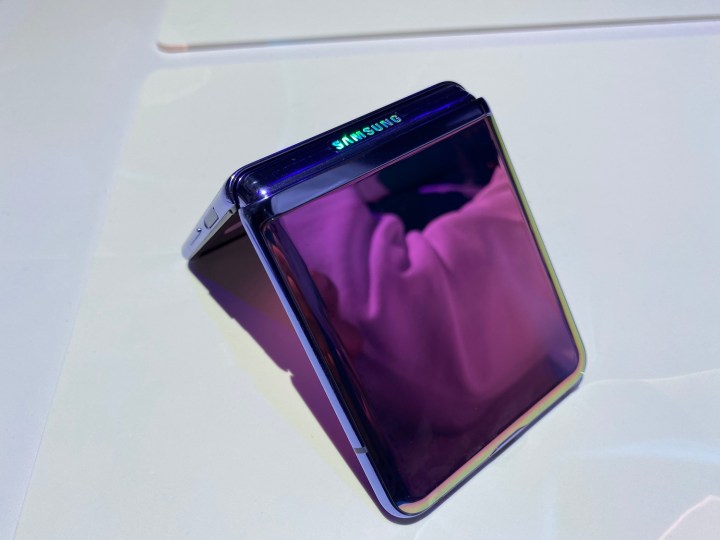
The Motorola Razr couldn’t have been more different. At $1,500, it was over $100 more than the Z Flip, so you might assume it pushed to the very top of the specs available, right? Wrong.
The Motorola Razr (2019) was a midrange phone. It folded, yes, but the specs were — if I’m being polite — underpowered. If I’m being harsh? They were pathetic. The Qualcomm Snapdragon 710 processor was a fine chip, sure, and the 6GB of RAM and 128GB of internal storage were also, well, fine … for a midrange phone. Not for a phone that was only $500 short of $2,000. When put up against the cheaper, more powerful Galaxy Z Flip, you’d have to be mad (or blinded with nostalgia) to pay more money for an objectively less powerful, less capable phone.
Despite my obvious ire, I feel sorry for Motorola. The Razr (2019) wasn’t a bad phone by any means, and at a lower price, it would have been a smash hit. But the technology was simply too new to drop the price to a level that matched the specs. But that didn’t stop Motorola from pushing out new foldable phones in the years that followed.
Enter the Motorola Razr (2023).
The Razr (2023) is exactly what we need
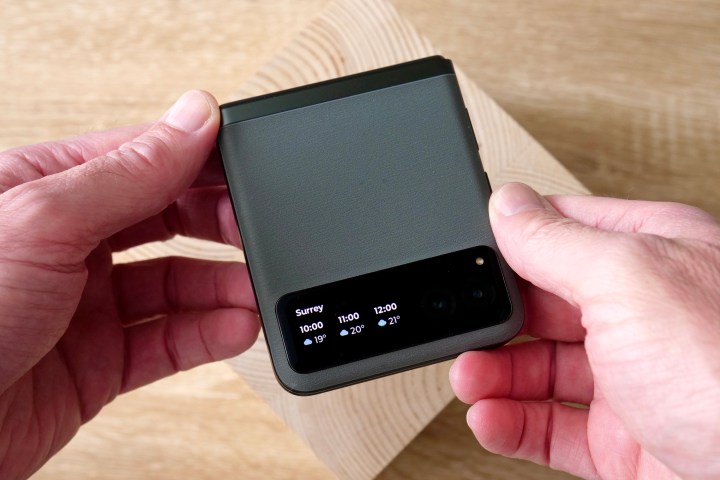
Foldable phones have been with us for several years now, and Samsung, in particular, has had a field day with them — having released no less than ten foldable phones in the Galaxy Z series. However, in all that time, it’s still not released a midrange foldable phone.
“Big deal,” you might think. “Who cares about a midrange phone? Foldables are premium tech, there’s no need to introduce a midrange phone now.” You’re dead wrong. Sure, foldables are premium tech, but phone manufacturers don’t want them to stay that way. Foldables are a brave new frontier in smart device development, and they represent a chance for manufacturers to make phones interesting again.
Be honest with yourself. When was the last time you were really, truly excited about a normal, non-folding phone? There’s only so excited you can be about a new zoom lens, an upgraded processor, or even a slightly tweaked design. But a folding phone? Oh, that’s a completely new ball game, and we all know it.
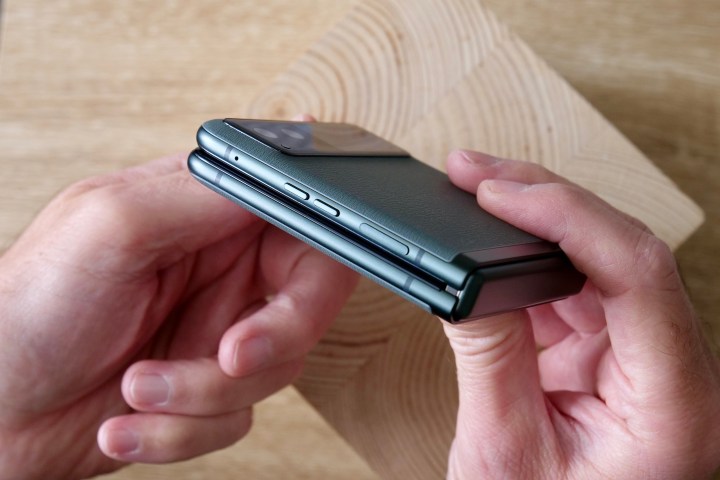
The issue is they haven’t broken into the mainstream just yet. I’ve seen a handful of Galaxy Z Flip phones in the wild, but no Z Folds — and certainly no foldables from other manufacturers. Why? As a wild guess, I’m assuming it’s because foldable phones are still seen as experimental and expensive, not traditionally a good combination. Much in the same way VR didn’t take off until it was cheap enough that most people were willing to take a chance on it, foldable phones aren’t going to bloom until there’s at least a midrange option on the market. The Razr (2023), when combined with the strong brand recognition from the original Motorola Razr V3, could be the phone to take advantage of that.
But it needs to be priced correctly. All we really know for sure about the pricing is it won’t be around or above the $1,000 mark — because that’s where the Razr Plus is set, and it’s clearly the more advanced sibling of the two. If the Razr (2023) is priced at $800, then that might be a harder sell. Put it closer to $600 and put it up against phones like the Google Pixel 7? Well, you might just have a winner there.
It’s late, but welcome
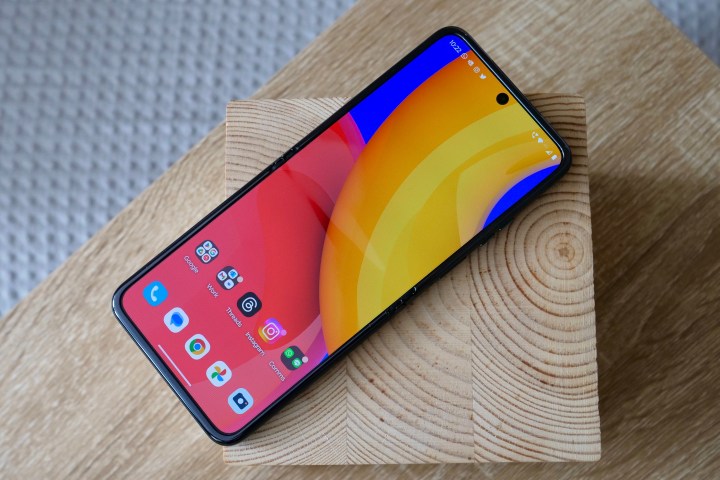
I’ll say it here and now: the Motorola Razr (2019) should have been a midrange phone. Motorola should have held it for a few years and released it at a more reasonable price. However, if the best time to release a midrange foldable was a few years ago, the second-best time is today. The Motorola Razr (2023), if it releases at a decent price, could be the missing piece that foldables need to start taking over the smartphone market.
But it’s not going to have an easy time, even if the price is right. Motorola has the chance to get a head start, but you can be sure other manufacturers already have their eyes set on midrange versions of their foldables. There haven’t been any rumors of a cheaper foldable from Samsung yet, but that doesn’t mean one isn’t coming.
Heck, even if the field is currently clear for new midrange foldables, Motorola also has to compete with the older variants of Samsung’s folding smartphones. At the time of writing, a new Samsung Galaxy Z Flip 4 from last year can be found on Amazon for
just over $600
. If you’re happy to grab a refurbished model, then you can expect to get one for even cheaper than that.
Editors’ Recommendations

